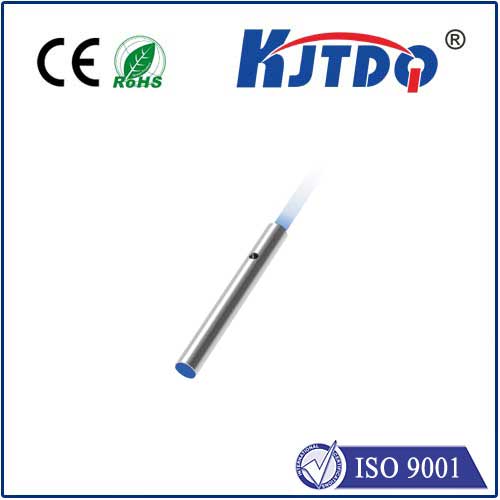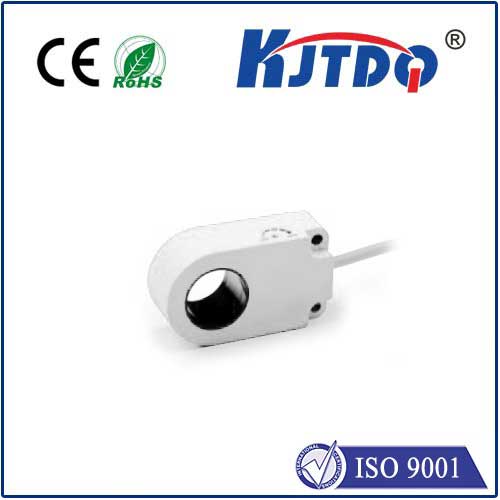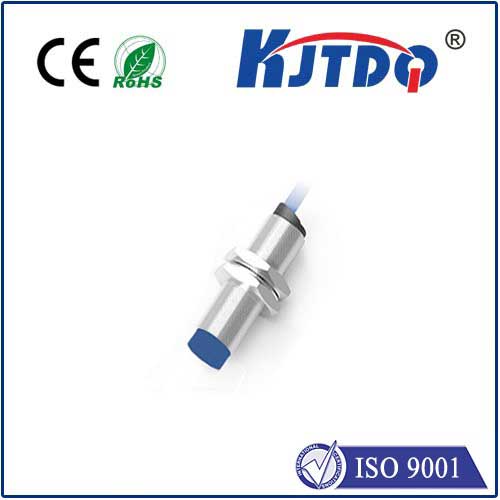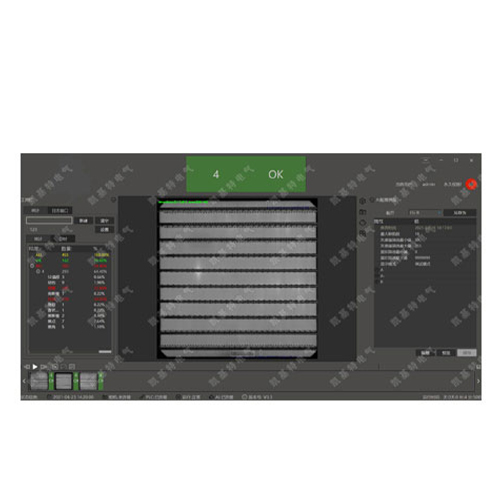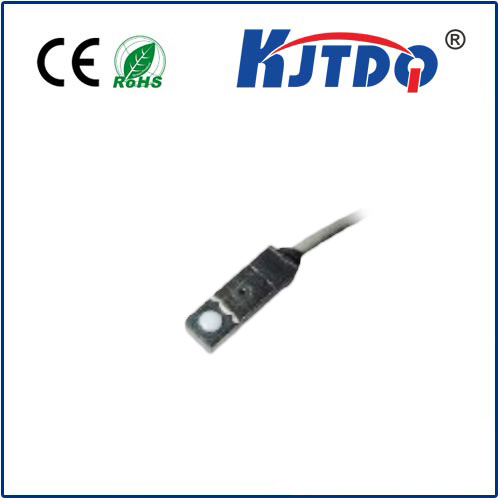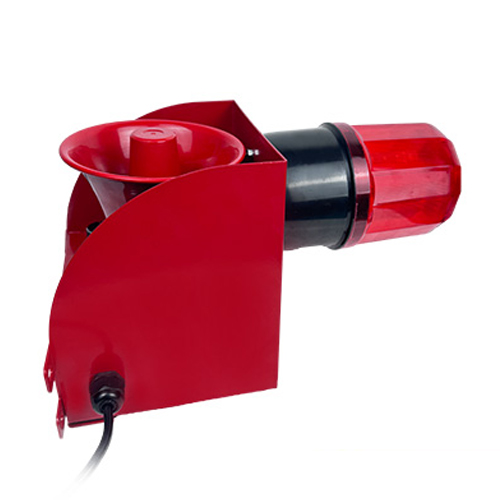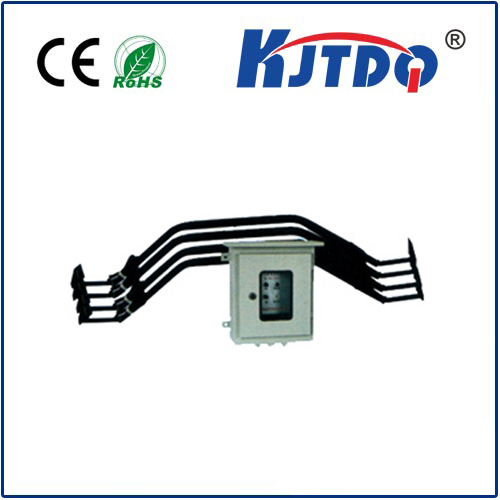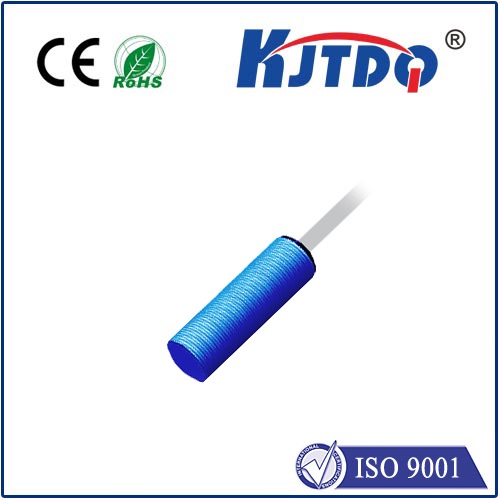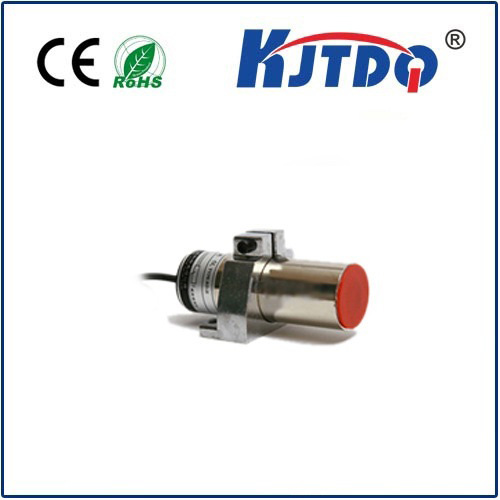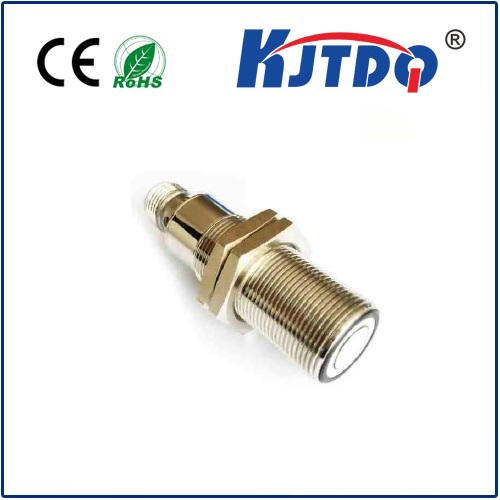

check

check

check

check

check

check

check

check

check

check
Title: The Evolution of Laser LDRS: A Revolutionary Technology for Accurate Distance Measurement
Introduction
The advent of laser LDRS (Laser Range Finder) technology has revolutionized the field of distance measurement, offering unparalleled accuracy and reliability in a wide range of applications. This article will delve into the history and evolution of laser LDRS, their key features, and their various applications in different fields.
Background and Early Development
The concept of laser distance measurement can be traced back to the early 1960s when scientists discovered that lasers could be used to measure distances with high precision. However, it was not until the 1980s that practical laser range finders were developed, thanks to significant advances in laser technology and miniaturization.
Early Laser Range Finders vs. Modern Laser LDRS

The early laser range finders were bulky, expensive, and had limited accuracy due to their reliance on fixed focal lengths and single-beam detection methods. On the other hand, modern laser LDRS employ sophisticated sensors, dynamic focusing mechanisms, and multiple wavelength settings to achieve exceptional precision and reliability.
Key Features of Modern Laser LDRS
Modern laser LDRS boast several advanced features that make them stand out from their predecessors. These include:
1. High Precision: Laser range finders can measure distance with an accuracy of up to +/- 1mm or better, making them ideal for applications that require ultra-high precision, such as surveying, mapping, and precision agriculture.
2. Dynamic Focusing: Many modern laser range finders employ dynamic focusing mechanisms that allow them to adjust their focus based on environmental conditions, such as varying light intensity or reflection surfaces. This results in more consistent and accurate measurements over time.
3. Multiple Wavelengths: Some laser range finders can operate on multiple wavelengths simultaneously, enabling them to detect and measure distances over a broader range of objects and surfaces. This is particularly useful in situations where traditional visible light rangefinders may not be effective.
Applications of Laser LDRS
Laser range finders have numerous applications across various industries, including:
1. Surveying and Land Planning: Laser range finders are widely used by surveyors for measuring distances between points on the ground and mapping out properties. They are also essential for land planning purposes, such as determining property boundaries and calculating building dimensions.
2. Construction and Engineering: In construction projects, laser range finders assist engineers in determining the precise location of components, ensuring proper alignment and preventing errors during installation. They also help in monitoring progress during construction phases.
3. Sports and Recreation: Laser range finders are popular among golfers, who use them to measure the distance between holes accurately. They are also used in archery competitions to determine shot distances and ensure fair play.
4. Agriculture: Laser range finders are employed in precision farming to monitor crop growth, calculate soil moisture levels, and determine irrigation needs. This helps farmers optimize their crop yields while minimizing water usage and environmental impacts.
